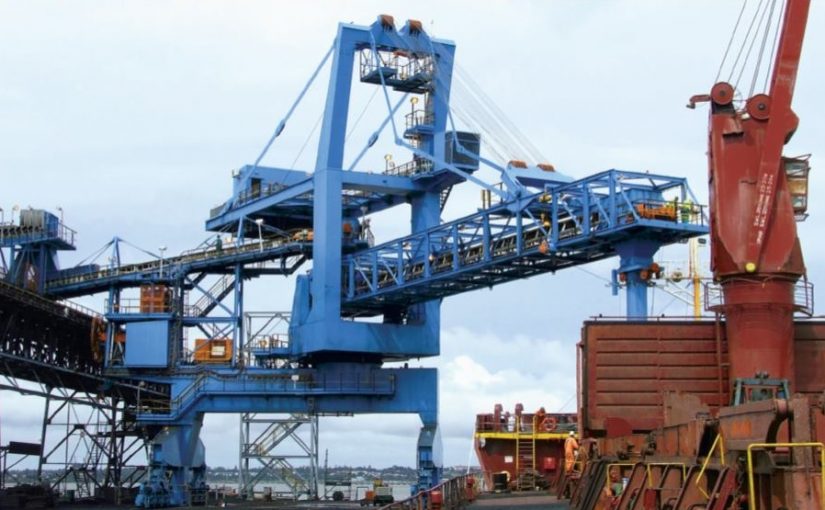France donates €100,000 to support coastal resilience in northern Mozambique
First Panamax ship loads at Matola coal terminal – AIM

Courtesy of Maputo Port
The first Panamax class ship to dock in Maputo port loaded its cargo of coal on Thursday, as a signal that, after the recent dredging, the port can now receive vessels of up to 85,000 tonnes.
At the Thursday ceremony, which also marked the conclusion of work to expand and deepen the quay at the Matola Coal Terminal, the operations manager of the South African company, Grindrod, which holds the lease on the terminal, Paulo Poh-quong, said “We are beginning a new era at the terminal. Here we have a large ship, a Panamax, which will carry about 85,000 tonnes. Previously this could not be done because of constraints in the access channel, but today it is possible”.
The dredging of the access channel, increasing its depth from 11 to 14.2 metres, was completed well ahead of schedule in January. It cost the Maputo Port Development Company (MPDC), the consortium that operates the port, 84.1 million US dollars, all from its own funds.
The coal terminal is the first area in the port to benefit fully from the dredging. The quay at the terminal was deepened to 15.4 metres, allowing it to accommodate a fully loaded Panamax ship.
Poh-quong said that the coal terminal can now compete with other terminals in the region. This is partly because Maputo is nearer, in terms of rail time, to the coal mines of the South African province of Gauteng than the South African ports. It takes 34 hours for a train laden with South African coal to reach Maputo, which is nine hours less than it takes to reach the South African port of Richards Bay
“Geographically, we are very well positioned”, added Poh-quong, “because the South African mines are all in a region near to us, and they prefer to use our coal terminal”. Not only is the terminal relatively close to the mines, but it is also very efficient, with the capacity to load ships at the rate of 3,000 tonnes of coal an hour.
The terminal also handles South African magnetite, and the main destinations for the exports from the terminal are China and India. In the first half of this year 750,000 tonnes of coal were exported and 1.8 million tonnes of magnetite.
But Grindrod says that the installed capacity of the terminal is now 7.5 million tonnes a year, and this will rise to nine million tonnes a year, with the conclusion of expansion work currently under way.













Leave a Reply
Be the First to Comment!
You must be logged in to post a comment.
You must be logged in to post a comment.